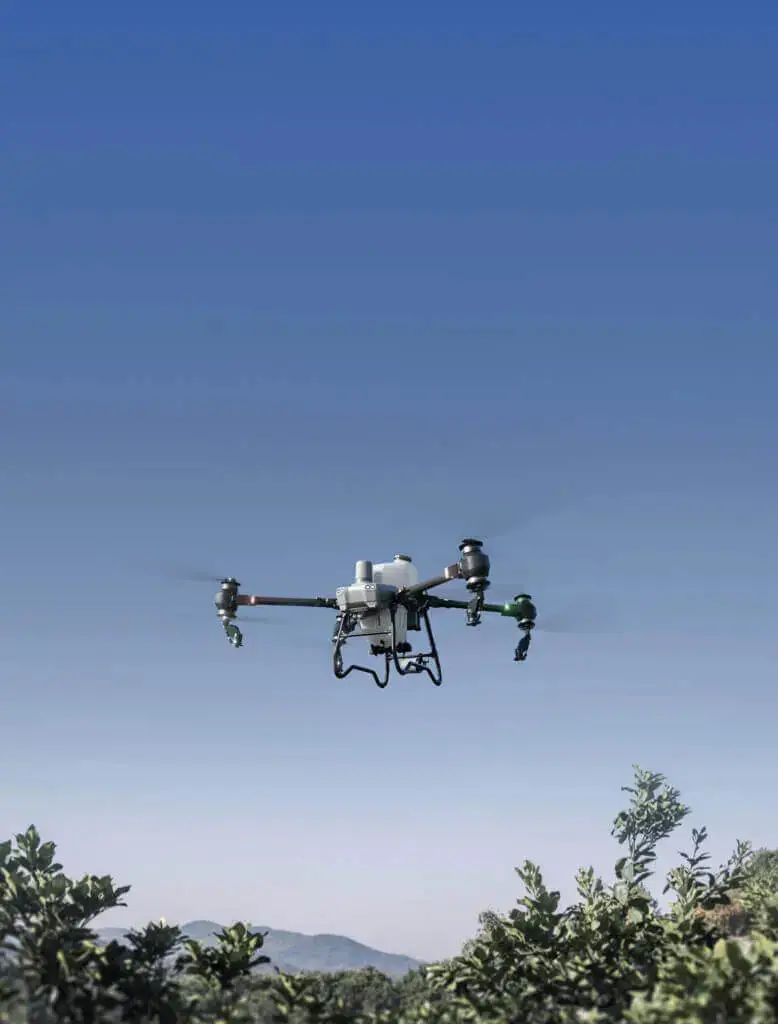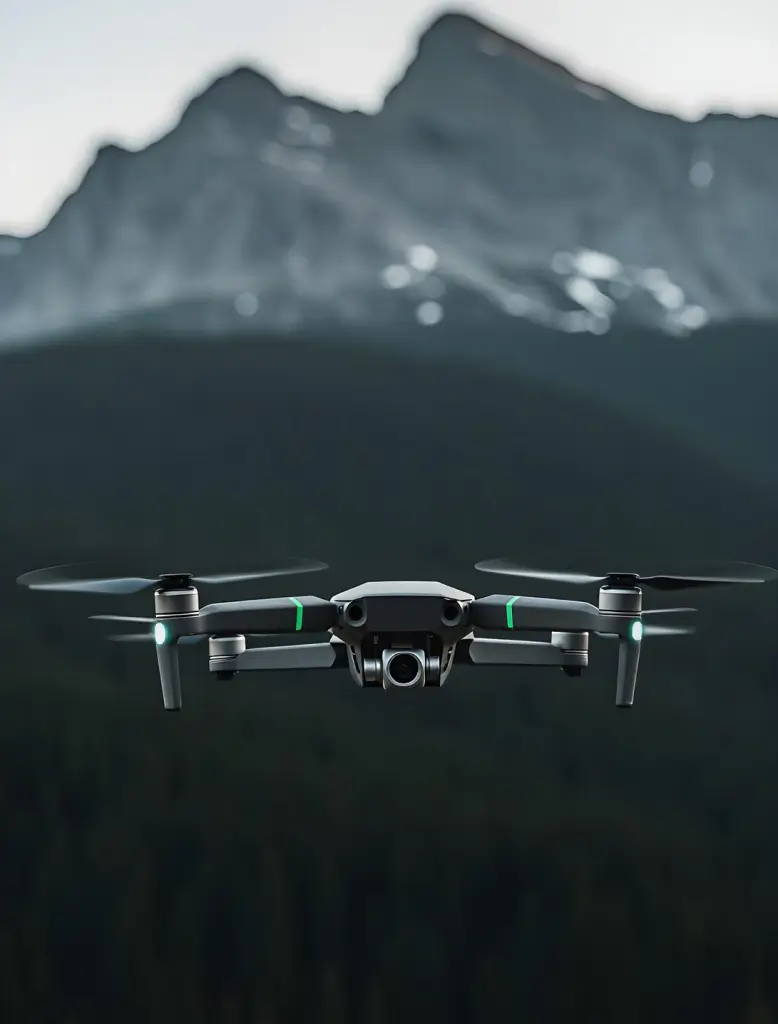FACADE Cleaning using Drones
Overview
Drone-Powered Facade and Tower Cleaning
Maintaining the cleanliness and appearance of facades and high-rise towers has long been a challenging and resource-intensive task. With advancements in drone technology, facade and tower cleaning have become safer, faster, and more efficient. This innovative approach leverages state-of-the-art UAVs equipped with precision cleaning systems to revolutionize the building maintenance industry.
Cost Savings
0
%
Projected CAGR through 2030
20
%
Advantages of Paint Spraying Using Drones
Compatible with multiple types of paints and coatings, offering flexibility for diverse projects.



Enhanced Efficiency
Drones are designed to cover large areas quickly and with minimal human intervention, significantly reducing project timelines.
Automated flight paths ensure consistent coverage without overlaps or missed spots.
Automated flight paths ensure consistent coverage without overlaps or missed spots.

Unmatched Accessibility
Drones can reach hard-to-access areas, such as high-rise buildings, bridges, and large industrial tanks, eliminating the need for scaffolding or cranes.
Reduced risk for workers, as there is no need for them to operate at dangerous heights.

Versatility
Ideal for various applications, including industrial coatings, architectural projects, creative murals, and anti-corrosion treatments.

Cost-Effectiveness
Reduced labor and equipment costs translate into significant savings.
Efficient use of materials minimizes waste, making the process environmentally friendly.

Precision and Uniformity
Equipped with advanced sensors and AI, drones ensure precise spray patterns for an even coat of paint.
Real-time adjustments account for environmental factors such as wind, ensuring a superior finish.
Advantages of Drone-Based Facade and Tower Cleaning
Ideal for skyscrapers, glass facades, and other structures that are difficult to clean manually.


Enhanced Safety
Eliminates the need for human workers to operate at dangerous heights, reducing the risk of accidents.
Drones can clean hard-to-reach areas without exposing personnel to hazardous environments.

Improved Efficiency
Drones complete cleaning tasks in a fraction of the time required by traditional methods.
Automated systems and predefined flight paths ensure thorough and consistent cleaning.

Cost-Effective Solutions
Significant savings on equipment such as scaffolding, ropes, and lifts.
Reduced labor costs as fewer personnel are needed for the operation.

Eco-Friendly Operations
Many drone cleaning systems use water-saving technologies and eco-friendly detergents.
Energy-efficient processes minimize the environmental impact.

Accessibility
Drones can easily navigate around architectural complexities, such as intricate designs and tight corners.
Specifications
| Factor | Gain |
|---|---|
| Speed | 2–5× faster |
| Cost Savings | Up to 50% lower |
| Safety | 90% reduction in risk |
| Labor | Requires fewer skilled workers |
| ROI | Higher due to reduced insurance and setup costs |
Comparison
| Use Case Title | Problem Solved | Tech Enablers | Value Delivered |
|---|---|---|---|
| Automated Facade Cleaning for High-Rise Buildings | Traditional cleaning is risky, labor-intensive, and slow | GPS, Altitude Hold, Spray + Brush Mechanism | Reduces labor costs and safety risks; speeds up operations |
| Glass Surface Spot Detection & Focused Cleaning | Uniform cleaning wastes water and chemicals | CV for dirt/smudge detection | Cleans only where needed, conserving resources |
| Pre-Cleaning Inspection & Surface Condition Assessment | No baseline assessment leads to under/over cleaning | High-res cameras, AI for stain/damage detection | Better planning and targeted cleaning strategies |
| Scheduled Autonomous Cleaning (Maintenance-as-a-Service) | On-demand cleaning delays degrade facade over time | IoT + Calendar-based task automation | Preserves surface longevity, ensures visual appeal |
| Fleet Scheduling & Multi-Drone Job Management | Manual drone dispatch slows operations | Cloud orchestration, route planning | Optimized drone use for large/commercial projects |
| Dry Cleaning via Suction or Electrostatic Methods | Water usage restrictions or sensitive surfaces | Custom modules (brush, vacuum, electrostatics) | Enables water-free cleaning; regulatory compliance |
| Structural Anomaly Detection During Cleaning | Hidden cracks or issues go unnoticed | CV/ML for crack/leak detection, thermal imaging | Early detection of problems; integrates inspection with cleaning |
| Data Logging for Compliance and Quality Assurance | No record of completed jobs for clients or regulators | Image/video logs, cleaning analytics dashboard | Proof of work, SLA compliance, customer transparency |
Why Companies Should Opt for Drone-Based Cleaning
Minimized Downtime: Drones can perform cleaning tasks quickly, reducing the time required to block access to areas around the building.
Improved Aesthetics: Regular and precise cleaning maintains the appearance and value of high-rise structures.
Regulatory Compliance: Ensures adherence to maintenance and safety standards for commercial and residential buildings.
Future-Ready Maintenance: Embracing drone technology positions companies as innovative leaders in the industry.
Improved Aesthetics: Regular and precise cleaning maintains the appearance and value of high-rise structures.
Regulatory Compliance: Ensures adherence to maintenance and safety standards for commercial and residential buildings.
Future-Ready Maintenance: Embracing drone technology positions companies as innovative leaders in the industry.
Advantages Over Traditional Cleaning Methods
Reduced Setup Time: Traditional methods involve time-consuming setup and dismantling of scaffolding or lifts, while drones are ready to deploy almost instantly.
Better Precision: Manual cleaning is prone to inconsistencies, whereas drones offer uniform results with advanced sensors and nozzles.
Lower Risk of Damage: Traditional tools can sometimes cause scratches or other damage to delicate surfaces; drones operate with precision and care.
Cost Savings: The combined savings on equipment, labor, and time make drone-based cleaning a more economical choice.
Better Precision: Manual cleaning is prone to inconsistencies, whereas drones offer uniform results with advanced sensors and nozzles.
Lower Risk of Damage: Traditional tools can sometimes cause scratches or other damage to delicate surfaces; drones operate with precision and care.
Cost Savings: The combined savings on equipment, labor, and time make drone-based cleaning a more economical choice.
Applications of Drone Cleaning Technology
Commercial Buildings
Skyscrapers, shopping malls, and corporate offices
Residential Towers
Apartment complexes and luxury condominiums
Heritage Sites
Gentle cleaning for preservation of historic buildings
Industrial Facilities
Maintenance of warehouses, factories, and silos
